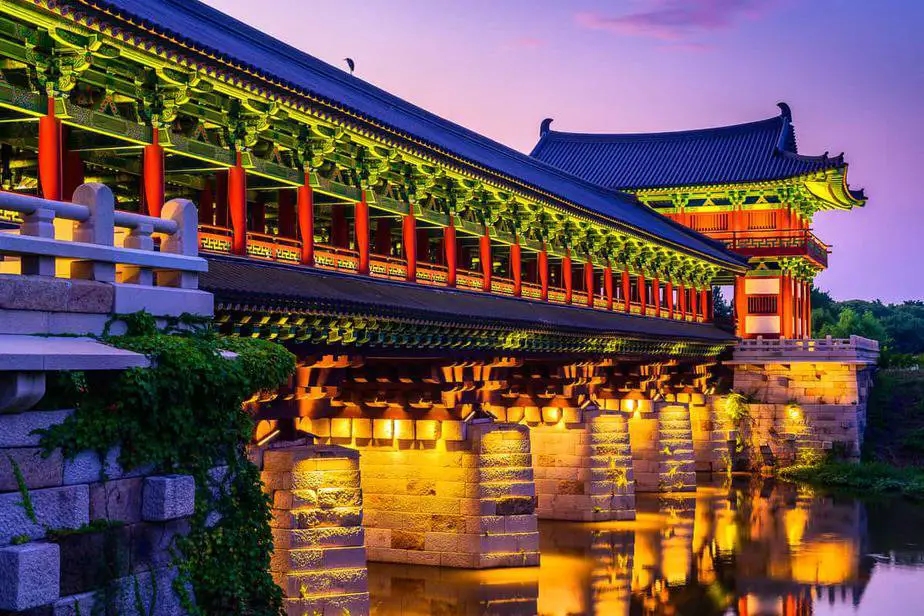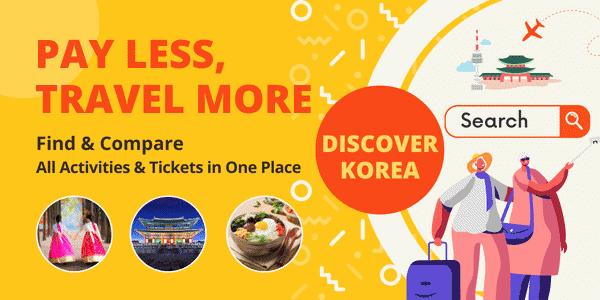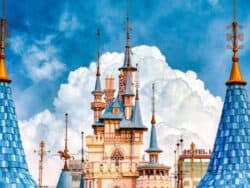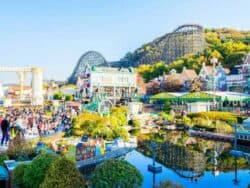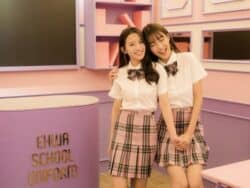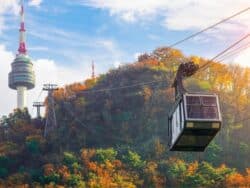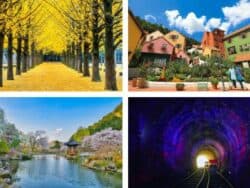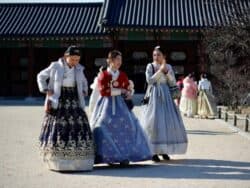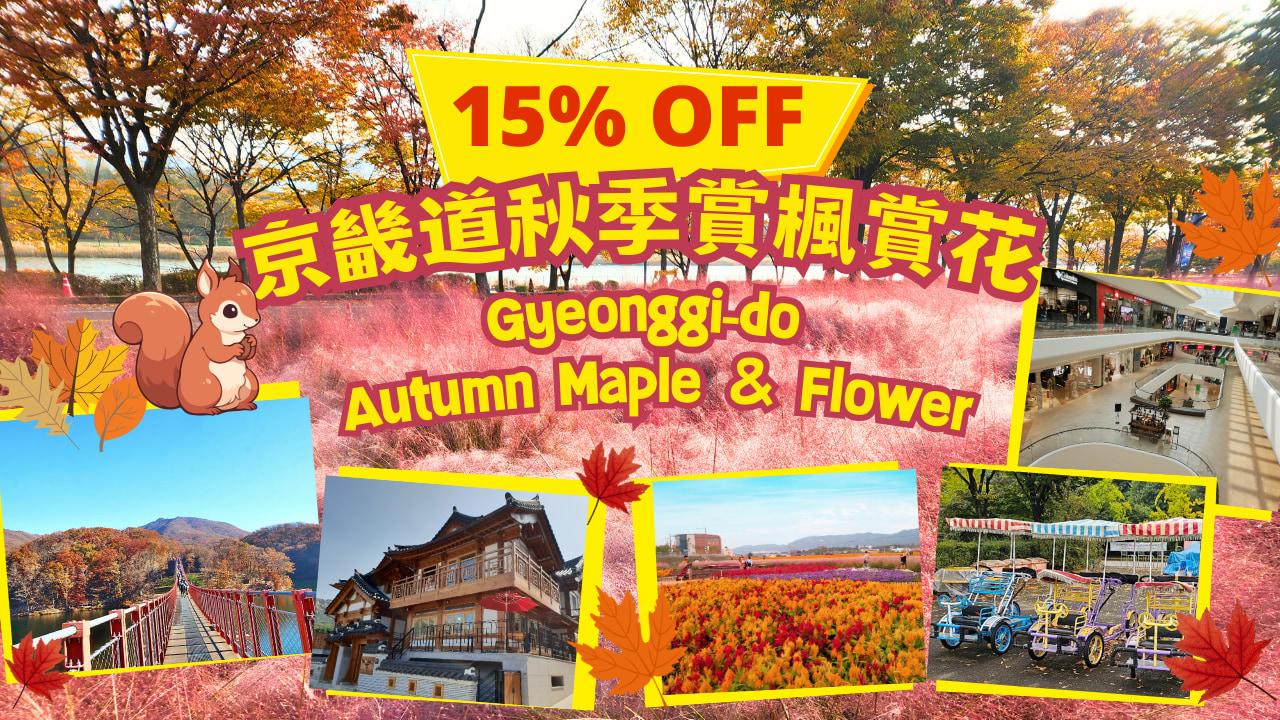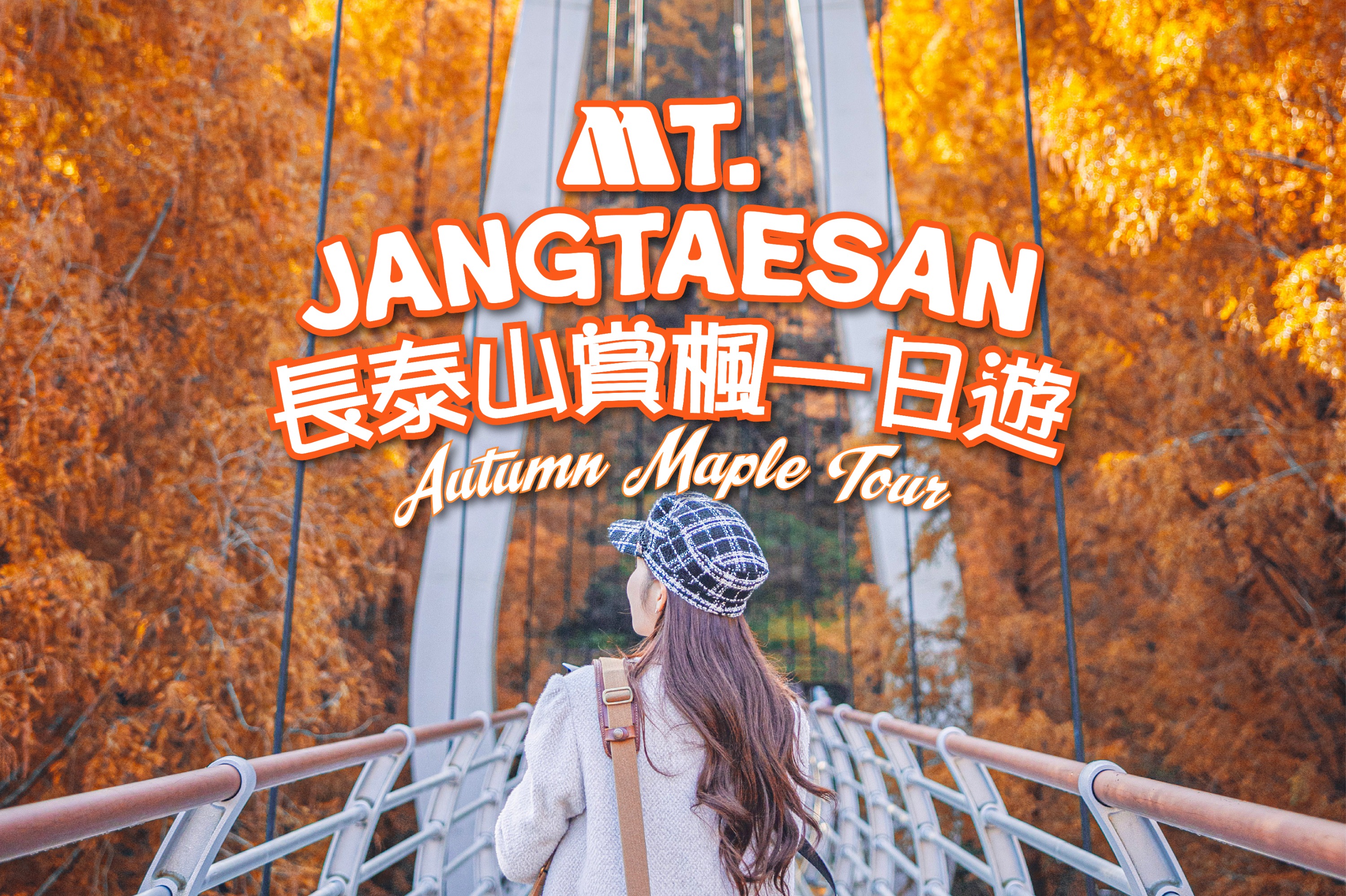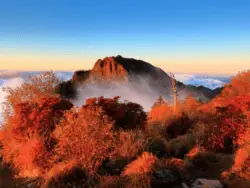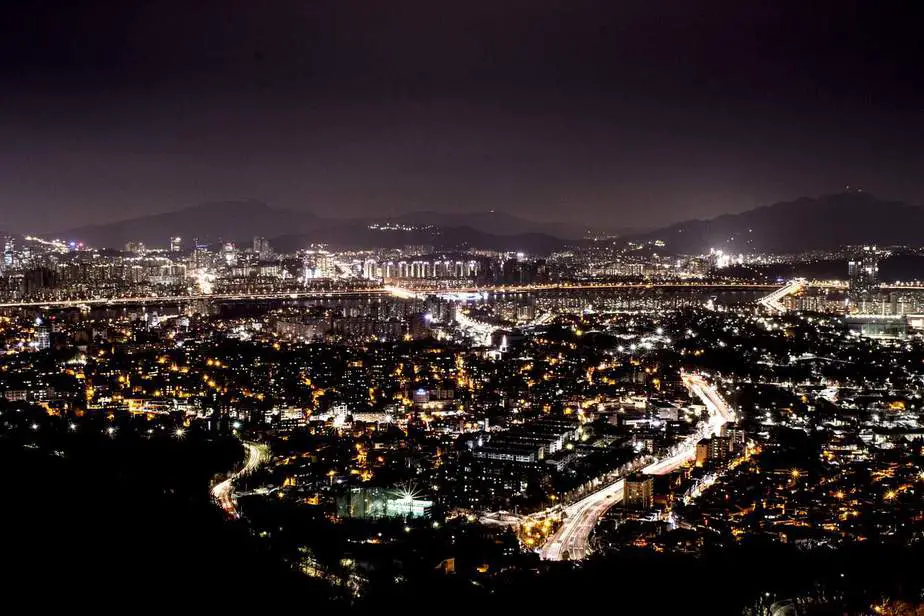Gyeongju, often called Korea’s “Museum Without Walls,” is a city brimming with history, culture, and natural beauty. As the former capital of the Silla Dynasty, it’s home to countless ancient temples, royal tombs, and cultural sites. But it’s not all about the past—Gyeongju has a lively vibe, friendly locals, and plenty of great food to try. Here are some of the best things to do in Gyeongju. Check it out!
How to get from Seoul to Gyeongju

Train(KTX/SRT)
KTX is the fastest way to get from Seoul Station to Singyeongju Station. It would take around 2 hours with a speed of 300 km/h (190 mph).
If you have any plans to visit a few cities in South Korea like Busan, Jeonju, and Gyeongju, this special discount pass which is available only for international tourists or foreign residents is the best choice. Because these special passes allow unlimited travel on KORAIL-managed trains for a designated period.
An alternative option is the SRT train from Suseo Station to Gyeongju Station, which takes 2 hours and 5 minutes and costs ₩42,600. Suseo Station (SRT) is conveniently connected to Seoul Subway Line 3 and the Bundang Line.
Express bus
The cheapest and convenient of all is obviously the bus from Seoul Express Bus Terminal in Seocho-gu to Gyeongju Express Bus Terminal. The approximate timing is 3 hours and 30 minutes for traveling.
How to get from Busan to Gyeongju
Busan is closer to Gyeongju than Seoul with only 80 km between the cities so it approximately takes about an hour to reach by bus or train.
Train (KTX)
If you have a Korea Rail Pass(KR PASS), you could just take the KTX at Busan Station and it takes around 30 minutes to Singyeongju Station. Without the KR PASS the price is 11,000 KRW.
Express bus
Busan Express Bus can take you to Gyeongju Express Bus Terminal in 50 minutes with the cheapest rate of 5,400 KRW. They have buses scheduled for Gyeongju almost every hour so you can easily catch one according to your preference.
Day Trip from Busan



If you want a day trip to Gyeongju from Busan, discover the best tour here. On this trip, you would go to UNESCO World Heritage sites like the Bulguksa, Yangdong Folk Village, Seokgulam, and Anapji, which are the most popular Gyeongju attractions.
Things to Do in Gyeongju Korea
The first thing you’ll want to do is grab a map of Gyeongju attractions to help you navigate the city’s historic sites and scenic spots. Here’s a map to guide you!
1. Bulguksa Temple
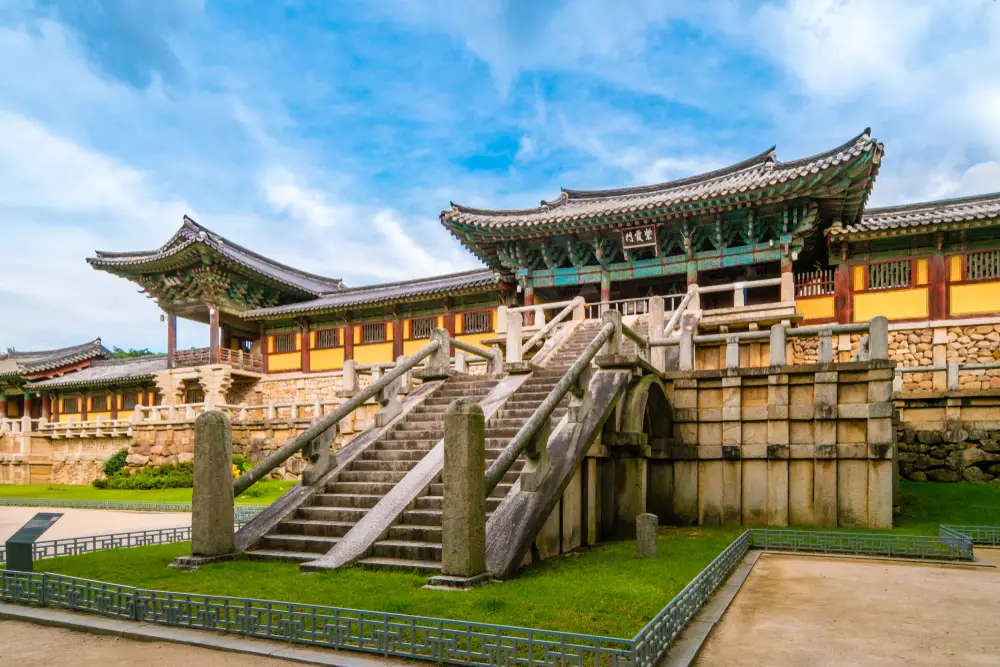
- Address: 385 Bulguk-ro, Gyeongju-si, Gyeongsangbuk-do
- Open hours: 9:00 – 18:00 daily
- Website: http://www.bulguksa.or.kr/
Bulguksa temple was built in 571 AD and is the most significant site for the Buddhist community. People of Gyeongju accepted Buddhism as their religion in the 6th century. The beautiful art and Buddhist culture are wonderfully displayed in the magnificent temple of Bulguksa. Intricate interior designing and the perfection of the temple makes it one of the most visited cultural heritage sites of the city.
Come in spring to see cherry blossoms in full bloom or in autumn when the temple is surrounded by golden foliage.
2. Daereungwon Tomb Complex & Royal Tamuli Park
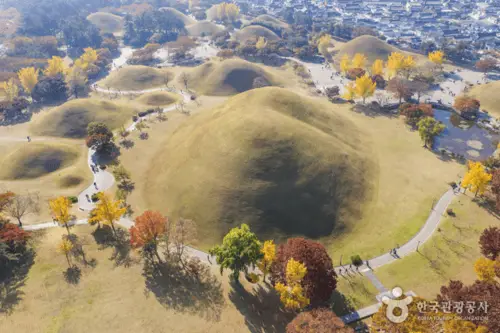
- Address: 31-1 Hwangnam-dong, Gyeongju-si, Gyeongsangbuk-do
- Open hours: 9:00 – 22:00
If mummies and pyramids of Egypt interest you, you’ll be more interested in exploring the tombs of Daereungwon – Royal Tamuli Park. The Tamuli park of Gyeongju has 23 tombs situated on site including the famous tomb of Cheonmachong and Hwangnam Daechong.
The large grassy mounds may look like small hills, but they are actually burial sites of Silla kings and nobles. You can even enter Cheonmachong Tomb, which contains ancient relics, including the famous Cheonmado (Heavenly Horse Painting).
3. National Museum of Gyeongju
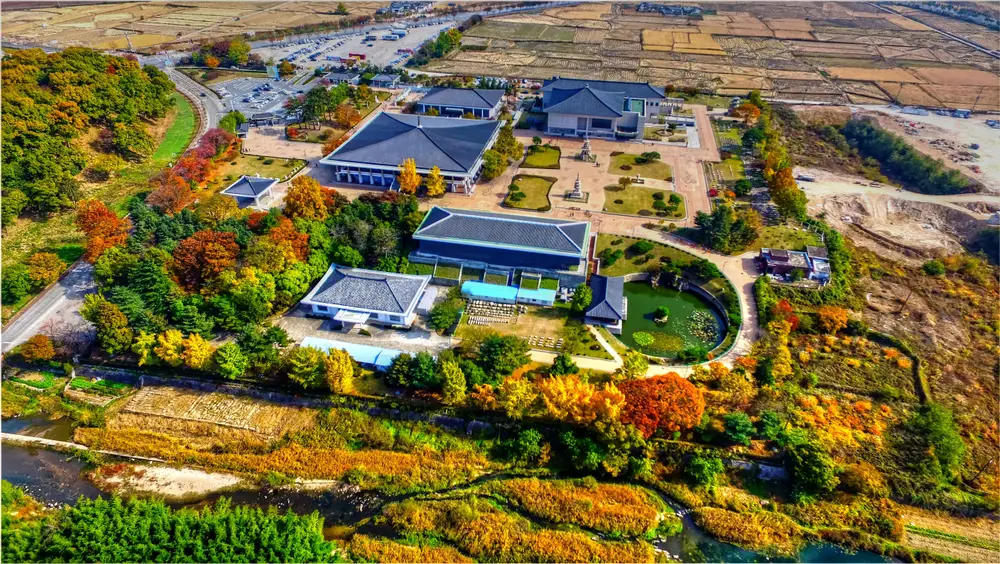
- Address: 186 Iljeong-ro, Gyeongju-si, Gyeongsangbuk-do
- Open hours: 10:00 – 18:00 weekdays | 10:00 – 19:00 weekends
- Website: https://gyeongju.museum.go.kr/
What not a better place to discover the city’s history than to visit its’ national museum? It contains roughly more than 30,000 cultural artifacts and historical fine art that showcases the story of Silla and Gyeongju beautifully.
Archaeologists worked very hard to explore different locations of Gyeongju and bring out the buried heritage of the ancient dynasty back above the ground for the world to see. From jewelry, weapons, and clothes everything is on display in the national museum of Gyeongju.
4. Seokguram Grotto

- Address: 238 Seokgul-ro, Gyeongju-si, Gyeongsangbuk-do
- Open hours: 9:00 – 17:00
- Website: http://seokguram.org/
If you liked the idea of visiting the Bulguksa temple you will love visiting the Seokguram Grotto which holds the largest statue of Buddha. With Buddha’s sculpture in front of the cloudy skies, the hike to the top of the mountain is all worth it. One downside to the visit to Seokguram Grotto is that you won’t be allowed to take any pictures. But not everything needs to be captured, some moments are just meant to be felt.
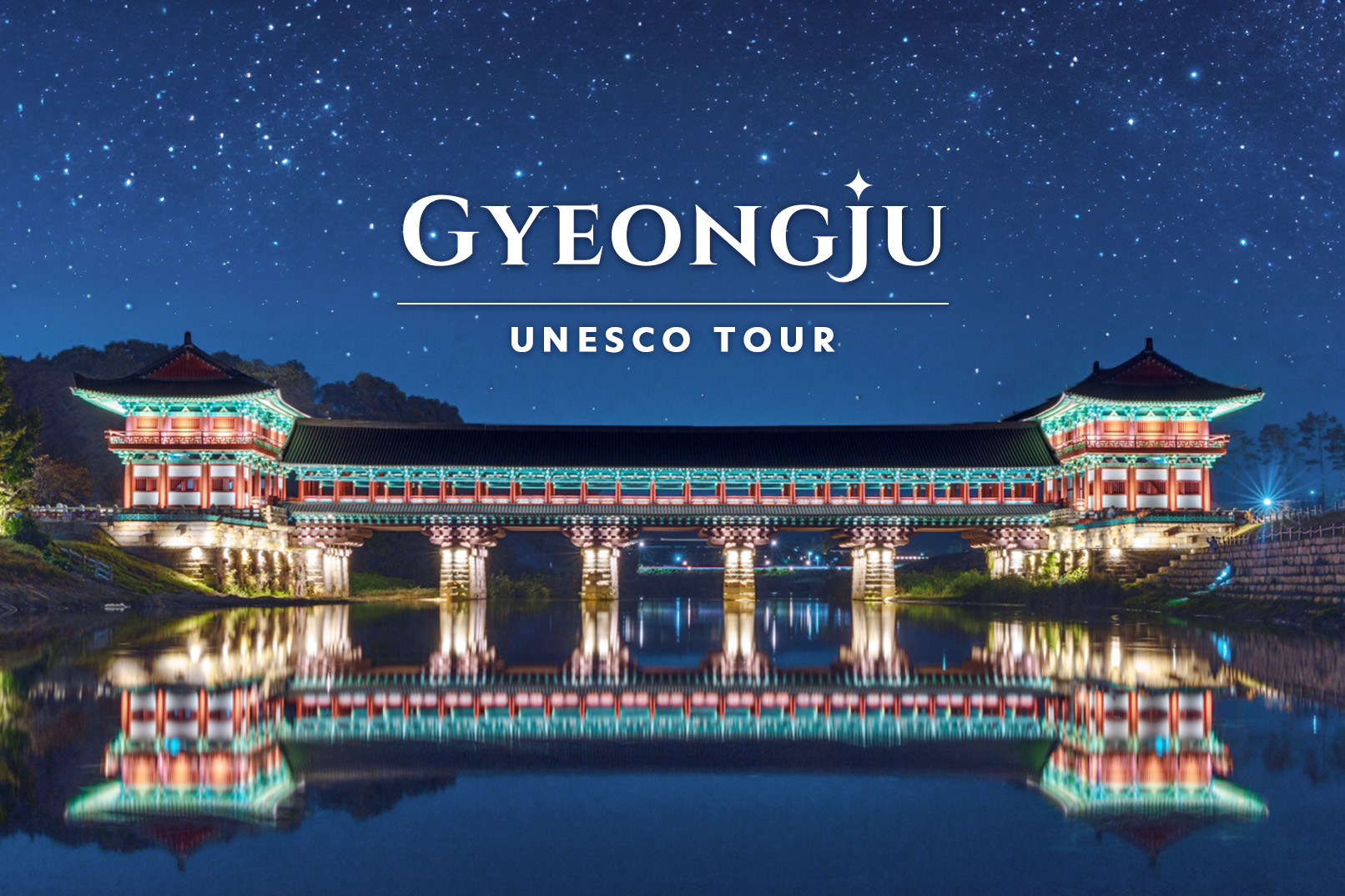
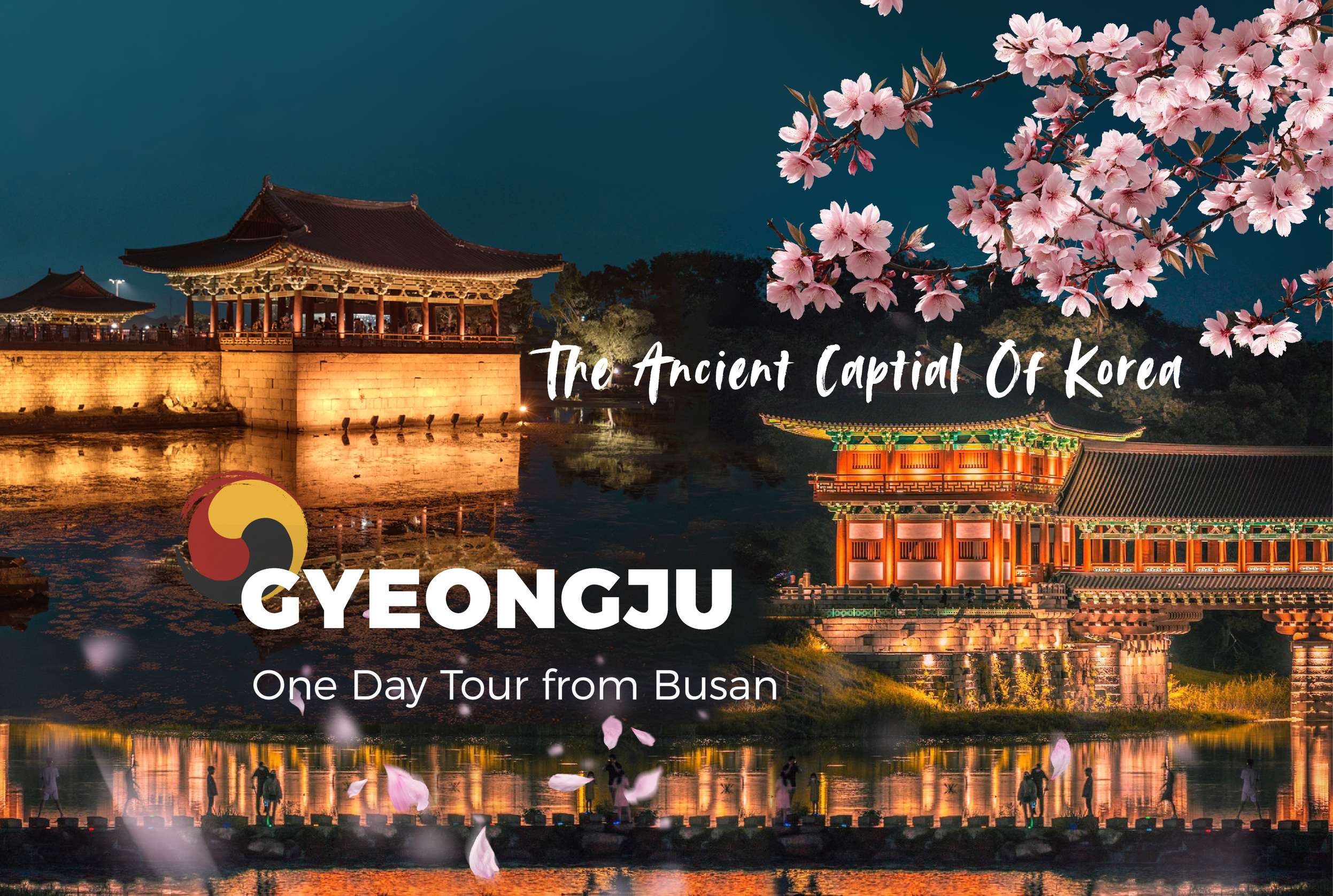
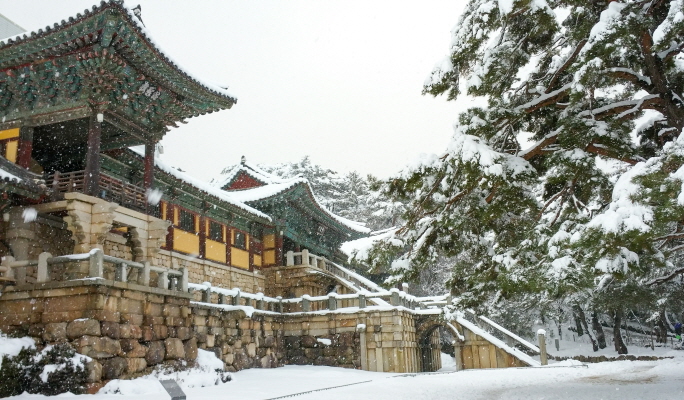
5. Yangdong Folk Village
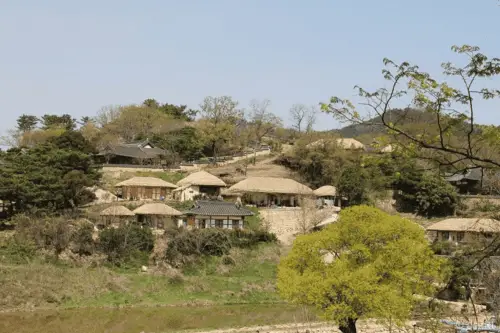
- Address: 91 Yangdongmaeuran-gil, Gangdong-myeon, Gyeongju-si, Gyeongsangbuk-do
- Open hours: 9:00 17:00 daily
- Website: https://www.yangdongvillage.or.kr
This village is known for its eye-catching natural scenic views along with houses which were built almost 100 to 500 years ago! It is also the largest village of the city blooming with Korean culture and tradition. Moreover, a lot of handicrafts and ceramic crockery is hand-made in this village and sold country-wide. Tourists love to engage in such activities and take back personal souvenirs from their trip to Gyeongju. Metalwork and pottery of folk village are quite famous as well.
6. Donggung Palace and Wolji Pond (Anapji Pond)

- Address: 102 Wonhwa-ro, Gyeongju-si, Gyeongsangbuk-do
- Open hours: 9:00 – 22:00 daily
Don’t miss the chance to visit this artificial lake in the national park. The lake means ‘Goose and Duck’ lake in English. Once a part of the royal garden, this park has now become a huge tourist spot.
Donggung Palace & Wolji Pond is breathtaking, especially at night when the structures are beautifully illuminated. The reflection of the palace lights on the pond creates a picture-perfect scene, making it one of Gyeongju’s most photogenic spots. Highly recommend!
7. Gyeongju Bird Park
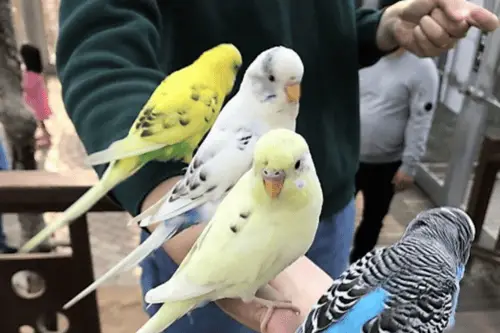
- Address: Gyeongsangbuk-do, Gyeongju-si, 보문로 74-14
- Open hours: 10:00 – 19:00 daily
- Website: http://www.birdparks.co.kr
Have you visited a cage-less zoo? Gyeongju bird park is a perfect place to experience actually playing with birds. It is one of the first parks made where you can interact with the animals. There are many different kinds of birds and all are human-friendly here at the Gyeongju bird park.
8. Hwangridan-gil

This trendy street is a perfect mix of traditional and modern Korea. Lined with hanok-style cafes, boutique shops, and street food stalls, it’s a great place to take a break and soak in the city’s charm. Try Gyeongju bread (황남빵), a local pastry filled with sweet red bean paste!
9. Admire Cheomseongdae Observatory
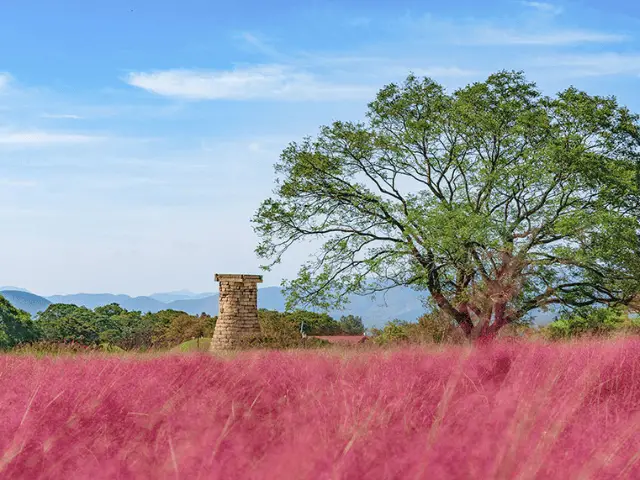
Dating back to the 7th century, Cheomseongdae is the oldest existing astronomical observatory in Asia! This 27-tier stone structure was used by Silla astronomers to study the stars. The observatory is stunning year-round, but it’s especially breathtaking in autumn (September–November) when it’s surrounded by fields of pink muhly grass. The dreamy pink waves create a fairytale-like scene, making it a popular photography spot in Gyeongju.
10. Visit Woljeonggyo Bridge
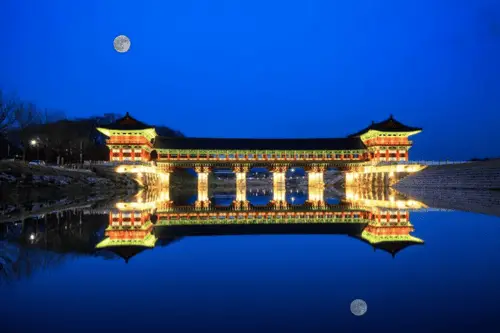
Originally built in the 8th century, Woljeonggyo Bridge was beautifully restored and is now one of Gyeongju’s most iconic landmarks. The elegant wooden structure looks especially stunning at night when it’s lit up in golden hues.
When is the best time to visit Gyeongju?
Since Gyeongju is a coastal city, it enjoys pleasant weather year-round. However, the best time to visit is typically in spring (April–June) and autumn (September–November) when temperatures are comfortable, and the scenery is at its best.
The city experiences rainfall throughout the year, with July being the wettest month and August seeing rain despite the heat. In winter (December–January), temperatures drop as low as 0.8°C. Check out this page for more details.
For people who love to know about the history of the world and the stories of the people from the past, Gyeongju is the place to visit. It’s so beautiful it was once a popular honeymoon destination for the locals. Not only that, there are also many things to do in Gyeongju, Korea for people of all ages. If you’re thinking of planning your next family trip any time soon, add Gyeongju to your list right now.
You may also like
IVK’s Top Picks – Day Tours, Tickets, and Travel Activities
Seasonal Picks!😍


